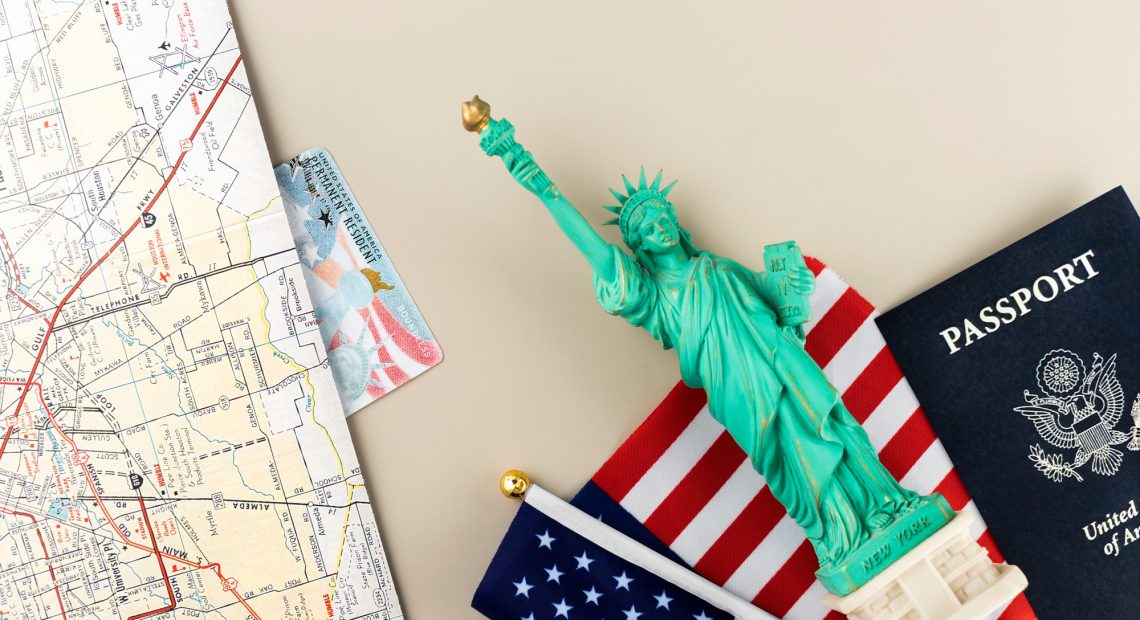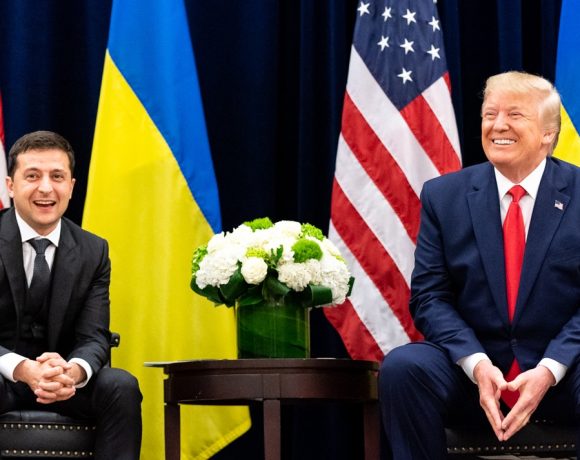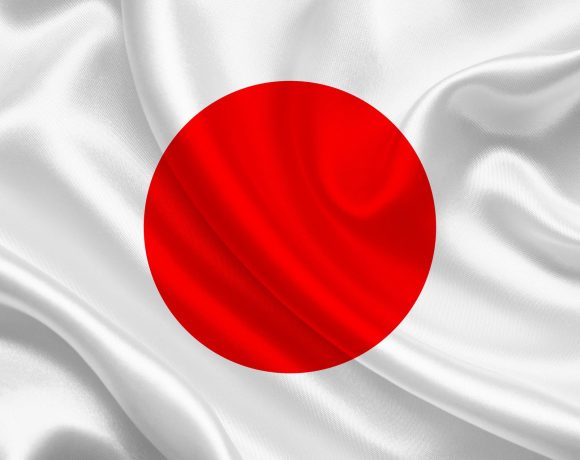
US Updates Policy for Green Card Holders Sponsoring Family
The United States Citizenship and Immigration Services (USCIS) has issued fresh guidance on how it interprets a key rule under the Child Status Protection Act (CSPA). The new guidance clarifies who qualifies as a “lawful permanent resident” (LPR), or green card holder, when filing family-sponsored immigration petitions.
Key Clarification for Family-Based Immigration
The policy update revolves around the eligibility of green card holders to sponsor their children for permanent residency. Specifically, it affects how USCIS determines whether a child’s age is “frozen” under the CSPA. This is important because children can lose eligibility if they turn 21 before their case is processed, a situation commonly known as “aging out.”
Under the updated interpretation, USCIS now explicitly states that lawful permanent residents who naturalize after filing a Form I-130 (Petition for Alien Relative) will still have the original priority date considered for CSPA protection. In other words, the age of the child is calculated based on when the petition was filed, not when the parent naturalizes. This will help more children of green card holders retain their eligibility for permanent residency, even if they turn 21 while the application is pending.
Impact on Indian Families and Global Applicants
The policy change is likely to benefit thousands of families, including many Indian applicants who are subject to long wait times due to annual country caps on green cards. These clarifications also streamline the process for USCIS officers to determine eligibility more consistently, potentially reducing rejections and appeals.
The update does not require new regulations and takes immediate effect. Applicants who were previously denied under a different interpretation may be able to file motions to reopen their cases, depending on individual circumstances.


















